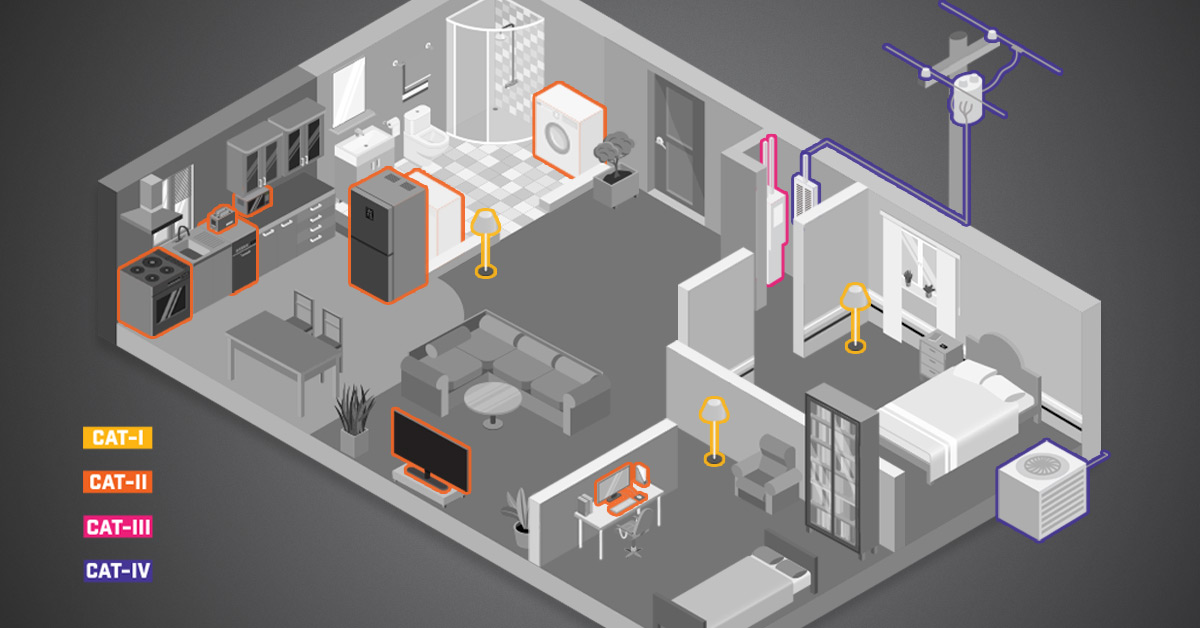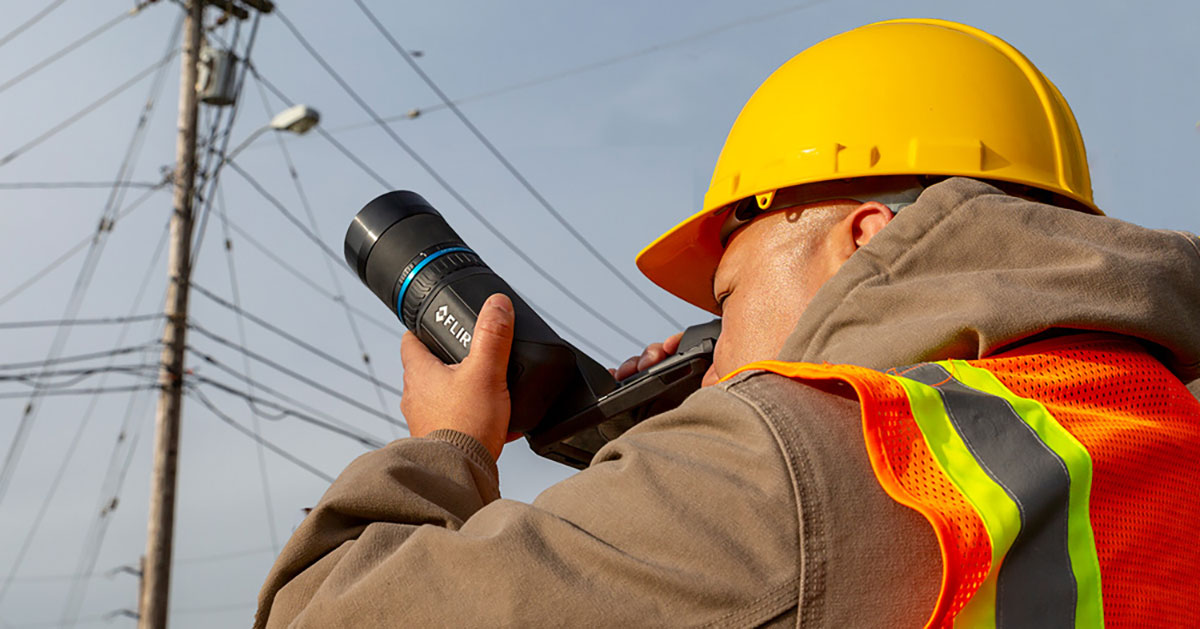Thermal Imaging Cameras Help Preserve Italy’s Cultural Heritage
Historical architecture is an important part of Italy's cultural heritage, so good maintenance of these buildings is crucial for their preservation. No-one would want the Cathedral of Gravina in Puglia to deteriorate into a ruin, for instance. That is why the Altamura, Italy, based survey company IR HotSpot investigates historical buildings with a FLIR thermal imaging camera, looking for water damage and other building defects. With the information gained from thermographic surveys using a FLIR thermal imaging camera the preservation of these highlights of Italian culture is ensured.


Due to the country's rich history Italy has many pearls of historic architecture within its borders. Worldwide Italy is arguably the country with the richest architectural history. Many Italians take pride from their cultural heritage. That is why the thermography consultancy agency IR HotSpot started their thermographic survey service for historical buildings.
"Thermal imaging cameras are a great tool for detecting defects in historical buildings", explains Rosario Piergianni, thermography expert at IR HotSpot. "There's a large amount of different building issues you can detect with thermal imaging technology and the great thing of this technology is that there is no risk at all for the building. It is a non-invasive method, so it is completely safe."

Thermal imaging cameras record electromagnetic radiation in the infrared spectrum, which is emitted by all matter as a function of its temperature. The onboard electronics use the recorded intensity of infrared radiation to generate a thermal image and to calculate temperatures. In other words, each pixel in the thermal image is in fact a non contact temperature measurement. A thermal imaging camera can be used to find sub-surface cracks, water damage and many other building issues. It records radiation, no radiation is emitted. This means that there is no risk on damaging the building. "Frescoes and sculptures are often very fragile, so regular building inspection techniques can cause them to deteriorate. That is one of the reasons why we use thermography."
Extremely sensitive
This means that the camera has to be extremely sensitive, according to Piergianni. "Since the temperature differences you are looking for are very small you need a thermal imaging camera that can pick up even the slightest changes and differences in temperature. That is why we chose for a FLIR thermal imaging camera. We compared several models from different thermal imaging camera suppliers and the cameras from FLIR simply have a better image quality than those of its competitors."
The FLIR thermal imaging camera model Piergianni opted for is the FLIR SC660. This advanced thermal imaging camera model contains an uncooled microbolometer detector that provides crisp thermal images with a resolution of 640 x 480 pixels and a thermal sensitivity of 30 mK (0.03 °C). "We chose this camera not only because it can detect, visualize and quantify the tiniest of thermal differences, but also for the additional features that are included in its design. During the inspection we can record voice comments, reducing the amount of time spent on writing notes. Each thermal image we record also has the GPS coordinates automatically embedded in the metadata, making it much easier to sort the images. The Thermal Fusion and Picture-in-Picture allow us to better determine the location of defects during the post processing of our data and help to make our reports more compelling."

Many problems, one solution
With their FLIR SC660 thermal imaging camera the thermography experts at IR HotSpot can find a variety of building issues, Piergianni explains. "We can detect the presence of moisture due to condensation or capillary rise. This can damage the plaster or fresco. Also we can detect the presence of mold below the surface. The thermal imaging camera can also be used to check the state of adhesion between plaster and the underlying structure or to detect hidden cracks and the presence of infill, or spot previous renovations and hidden structures, but also detect damage caused by an earthquake for instance. We investigate convective airflows around works of art that can cause the art to deteriorate if left unchecked and give advice on changes in the heating and ventilation systems to avoid this. We also study the process of disintegration of building materials, particularly the calcarenite - or dune limestone - that is often used in historical buildings in this area. On the outside of the building we also check for the buildup of anthropogenic surface deposits caused by pollution."

To enable them to perform all of these inspections Piergianni and his colleague Vito Basile have both followed training courses at the Infrared Training Center (ITC). "It is very important to know what you are doing, especially with the complicated inspections we perform. Without the proper knowledge of thermal physics and of the limitations and capabilities of thermal imaging technology you will likely draw false conclusions." FLIR Systems provides training in cooperation with the ITC. Trainees can earn certificates in the levels 1, 2 and 3. Both Piergianni and Basile are ITC level 2 certified.
Software
"This diagnostic technique helps us to better direct renovations and to improve the efficiency of renovation projects from start to finish", continues Piergianni. "The FLIR SC660 thermal imaging camera's advanced features help to quickly scan large areas to assess what can be restored. The FLIR software enables us to accurately analyze our finds and report them to our clients. We use FLIR BuildIR to study and compare thermal images, FLIR Reporter to produce reports and FLIR ResearchIR to analyze thermal video footage. All of our FLIR software is very intuitive and easy to use and it greatly facilitates the accurate interpretation of thermal images."

Piergianni is very happy with his choice for a FLIR thermal imaging camera. "Not only does FLIR deliver an excellent product, the software and the after sales service are also outstanding. No other thermal imaging camera supplier can deliver that same level of quality and service."


